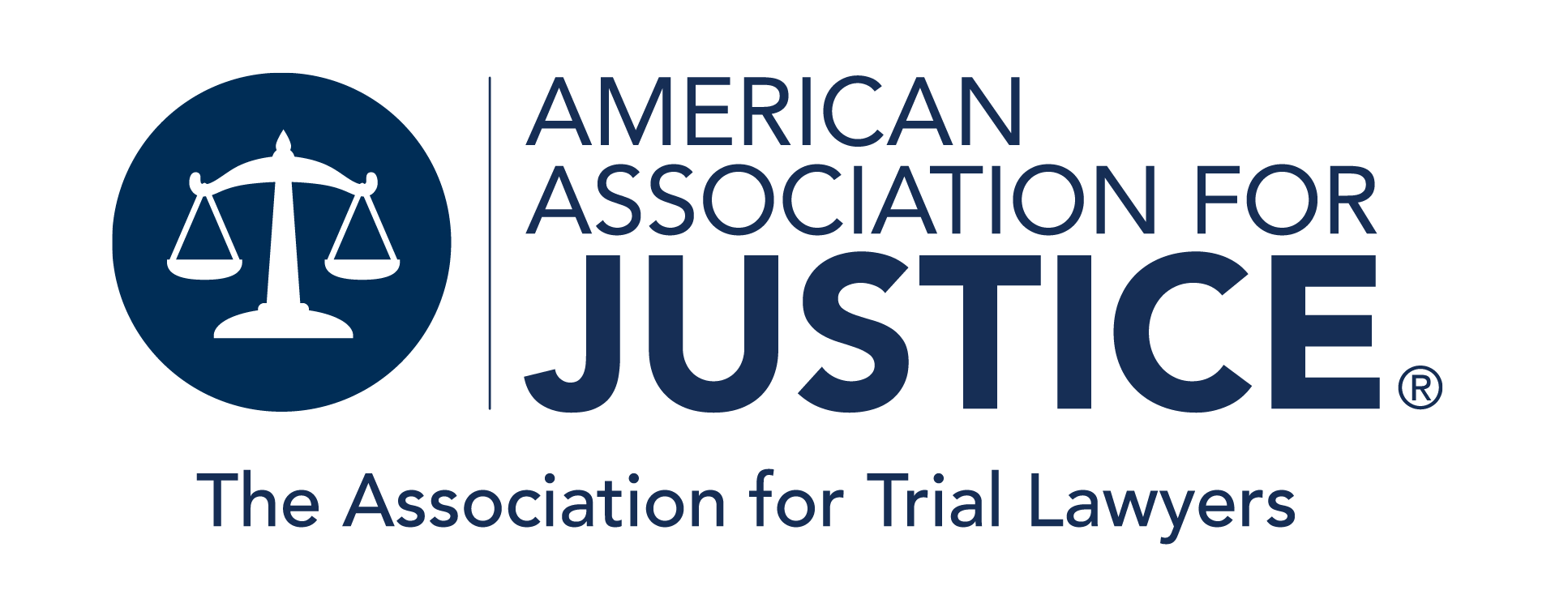Trial Magazine
Good Counsel
Virtual Focus Groups
October 2020With the COVID-19 pandemic, the ability to conduct focus groups as I always had vanished.1 But I quickly discovered that it’s not necessary to travel somewhere and spend two days in a hotel running sets of focus groups. Instead, I can run the same focus groups virtually from the comfort of my home or office. And you can too—with just a little preparation, you can gather focus group feedback virtually to prepare for success in the courtroom—whether in person or virtual.
Lay out your goals. Some simple goals for focus groups are to identify the normative beliefs at play in your client’s case, develop a trial story that supports rather than contradicts those normative beliefs, and test the trial story against defenses that could be used at trial. You can achieve each of these goals through virtual focus groups. If nothing else, simply give participants a fact-neutral presentation about the case, including all the relevant facts (both good and bad), and then have a chat with them about what they think of the case and why.
If you have multiple cases of one particular type—for example, rear-end car crash cases with soft tissue injuries or slip-and-fall cases—you might consider running a few virtual focus groups on that general type of case in your jurisdiction.
Tips for running the virtual group. Although different platforms are available for running virtual focus groups, I have found that Zoom is the easiest by far. It’s worth paying the licensing fee for the professional version so you can invite more participants, have sessions longer than 40 minutes, and record the sessions. After recording the group session, save it to the cloud to review later—but make sure that you have enough data storage capacity (at least 5GB) to save multiple group recordings.
Setting up a virtual focus group is the same as setting up a Zoom meeting—participants join through the emailed link at the scheduled time. I generally run three-hour groups (with a 10-minute break in the middle), and I conduct three groups in one day: from 8:30–11:30 a.m., 1–4 p.m., and 5:30–8:30 p.m. This way I get feedback from approximately 30 different people in the jurisdiction where the case will be litigated, all in one day. Three hours is about the perfect amount of time to keep participants’ attention, and the breaks between each group are enough time to grab a snack and discuss the plan for the next group with my colleagues.
Zoom has several features that are helpful for virtual focus groups. Require registration to attend the group so you can check in advance whether everyone you recruited has registered. If not, remind them to do so by email or phone. For security, Zoom requires a password to join. Also, with a virtual group of 10 participants or more, use the “Gallery View” to display all participants in a grid on the screen. This way you can view everyone at once—but keep in mind that having too many participants on video could affect the video quality.
Attorneys making presentations can screen share their PowerPoint slides, photos, exhibits, documents, or anything else they would like to present. Attorneys also can make mock opening statements, or “clopenings” as I like to call them (combined opening and closing statements), just as they would in person.
Zoom’s chat function is especially useful. Each participant can send a message, either to the entire group or just to you as the host. I often ask participants to type a paragraph giving me feedback about a presentation, an argument, a document, or anything else I want written feedback on, which can be saved for later review.
Questionnaires. I have used a written questionnaire in all of the groups I’ve conducted over the years, and I did not want to change that for virtual groups. I also include questions about the pandemic and have participants sign confidentiality agreements. I do all of this virtually through SurveyMonkey.
You can create your questionnaire and confidentiality agreement on the SurveyMonkey website and email it to each participant in advance. My questionnaire contains 50 questions plus the confidentiality agreement, and it takes participants about 10 minutes to complete. It includes questions about the participants’ demographics, political affiliations, experiences with the civil justice system, and views on lawsuits. Here are a few sample questions:
- “Do you believe, given their service in the pandemic of 2020, doctors and nurses should be immune from medical malpractice lawsuits?”
- “Please list any magazines you regularly read.”
- “Please list the ‘living’ American you most admire.”
- “As a result of the pandemic of 2020, would you willingly respond to a court summons for jury duty in the near future?”
- “Are you generally satisfied with the recent actions of the U.S. Congress?”
When participants are done, I can access everything on SurveyMonkey, including an automated summary of all answers. For example, at a glance I can see that 80% of my group is Republican, 70% consider themselves conservatives, 10% do not believe in pain and suffering damages, and more.
It is important to continue fully preparing our cases, whether we are resuming trials remotely or in person or are waiting for courts to reopen completely. These tools let me run virtual focus groups almost in the same way I did in person—give them a try.
James B. Lees is a partner at Hunt & Lees in Charleston, W.Va., and can be reached at jlees@huntlees.com. The views expressed in this article are the author’s and do not constitute an endorsement of any product or service by Trial or AAJ.
Note
- If you haven’t run a focus group before, AAJ has materials available to get you started. See, for example, Phillip Miller & Paul Scoptur, Focus Groups: Hitting the Bull’s-Eye (AAJ Press); and AAJ Education’s Online Focus Groups Webinar, https://pathlms.com/aaj/courses.

